Maruti Suzuki Baleno 1.2 vs RS: Comparison
The Baleno RS, powered by a 1.0-litre Turbojet engine is a hot-shod derivative of the standard Baleno. Curiously though, how fast is it compared to the standard Baleno? Let's find out.
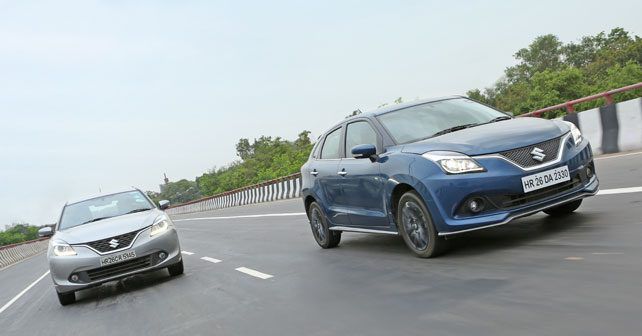
Just how much faster is the Baleno RS versus its less exotic, and more traditional, cousin? And what about braking and efficiency? We pit these siblings against each other to see exactly what separates one from the other.
Ground Reality
Think about this, ever since the market opened up in India we’ve seen a steady influx of new vehicles. Following the natural path of evolution, Indian cars today come with pretty much the same level of kit as their international counterparts – with features such as ABS, EBD, airbags, climate control systems, touchscreen infotainment systems, and more.
However, when you look under the hood of a petrol car much of it goes back to the early 2000s – when the BS-II norms mandated that all cars had to be sold with fuel injection. And, with the exception of VW’s TSI models and Ford’s EcoBoost, every single mass-market petrol car in India today continues to be sold with indirect fuel injection – just like 15 years ago.
So, in an era of ever evolving technology, where’s the evolution? You ask.
Well, the answer to that question lies in the fact that the multi-point fuel injection system for a petrol engine still happens to be the most fuel-efficient system around. And in the Indian market that matters more than anything else.
But, is it finally time to cross over to the other side? Maruti Suzuki claims the Baleno RS consumes only a couple of decimal points more than the conventional 1.2 naturally aspirated model. However, those are ARAI standard test figures. And, as the world has found out the hard way, lab results for turbocharged engines are far from the ground reality. So, we decided to verify just how far apart these cars really are.
And because we’ve a ‘hot hatch’ here, we decided to measure acceleration and braking too – to see just how much quicker the RS is over its more traditional sibling.
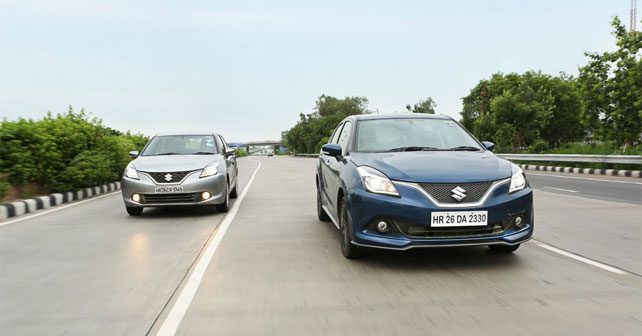
Let the battle begin
Now, most of us are quite familiar with the K Series engine range. And straight off the bat, I can tell you that both these engines are refined – but the 1.0 in the RS is exceedingly so. It’s so smooth and refined in its nature that you simply don’t believe that it’s actually a three-cylinder motor.
But this Baleno 1.2 sounds strangely coarse at initial revs – something that isn’t the case with my long-term 1.2 Ignis. Get past initial revs, race past 3,000rpm, and the inspiring K Series soundtrack comes into play. I must admit that I love the free-revving nature of the 1.2 engine. In fact, it’s more responsive than any other competing 1.2 NA engine currently on the market. Power delivery is linear, and the engine pulls cleanly all the way to 6,000rpm – where it generates 83bhp. And since the limiter doesn’t cut in abruptly, you get the perfect opportunity to grab the next gear. This 1.2 motor is quite eager at the higher reaches of its rev band, where 115Nm of peak torque is delivered at 4,000rpm. In short, this engine would have had it all if it had better low-end response as well as more power at the top end.
And this is exactly what the RS has been designed to address, with 150Nm of torque from as low as 1,700rpm – which stays constant all the way to 4,500rpm. However, by virtue of being turbocharged, the Baleno RS does suffer from a little bit of turbo lag under 1,700rpm. It’s something that you can overcome quite easily by keeping the engine on the boil, but after the effortless nature of the 1.2 this does require a bit more work with the gear lever.
Once you get going though, there’s simply no looking back – as the 100bhp engine simply surges the car forward. Frankly, the difference in performance is immediate and quite stark. Combine this with the agile nature of the car, and what you have here is a car that is fully worthy of the hot hatch badge. Driving this car on a daily basis reveals just how fast it is in the real world, as you can pretty much dart past everyone else. However, I still wish the low speed response were a little better for stop-and-go traffic.
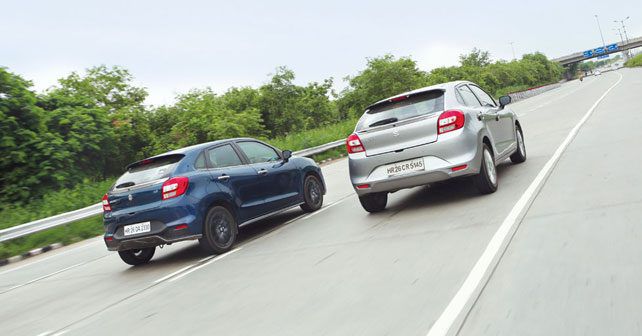
Let’s talk numbers
We lined both cars up on a closed road and strapped a V-Box data logger on them to see what’s what.
As you can see from the results, the RS is not just faster on paper, but quite a bit faster in the real world as well – especially as the speeds increase. The cars only have a gap of 0.74 seconds in the 0-60km/h run, but as you go up to 100km/h, the gap widens to a significant 2.41 seconds. But the real highlight of the RS comes after you enter triple digit speeds – as indicated by a near 4-second gap in the 0-120 time.
Out on the road, the RS will simply annihilate the 1.2 in an out-an-out max speed run. Both cars will do 160km/h in fourth gear, but while the 1.2 maxes out at 170km/h in fifth, the RS can reach 190km/h (indicated) with ease. I just wish it sounded a little bit more inspiring – at full chat, it’s a little too quiet and refined for my liking. Nevertheless, another area where the RS outshines its sibling is in the area of high-speed stability. Where the 1.2’s ride becomes a little choppy at high three-digit speeds, the RS stays absolutely planted.
While the RS proves its mettle on the speed front, our braking test revealed that its rear disc setup (versus rear drums in the 1.2) barely reduce stopping distance at all.
Now, coming to the final testing parameter – the ever-important efficiency figure. The answer was a predictable one – the 1.2 returned a figure of 12.77km/l over a 100-kilometre test distance, which didn’t include the performance runs. Meanwhile, the RS returned 10.75km/l over the same distance (and under similar driving conditions).
Verdict
The result is a predictable one. The more powerful RS is the faster car here. But you need to be operating the car at higher speeds to feel the difference and exploit its true potential. To drive around town, the 1.2 is a perfectly capable car, and is even a bit more comfortable with its light controls and linear power delivery. But if you’re looking for performance – in the city or on the highway – then the RS will truly outshine its more traditional sibling.
The perfect combination, of course, would be the power of the RS (more power in fact), the free revving nature of the 1.2, and a more sonorous note than either. Now, if only wishes were horses – we’d all be riding!

Also read- Maruti Suzuki Ignis AMT vs Nissan Micra CVT: Comparison
Engine: 998cc / 3-Cylinders / 12 Valves / DOHC / Turbocharged / Intercooled
Fuel: Petrol
Transmission: 5-Speed Manual / Front-Wheel Drive
Power: 100bhp @ 5,500rpm
Torque: 150Nm @ 1,700-4,500rpm
Price: Rs.8.3 lakh (Ex-showroom, Delhi)
Kerb weight: 950kgs
X-Factor: Fast, good looking and fun to drive.

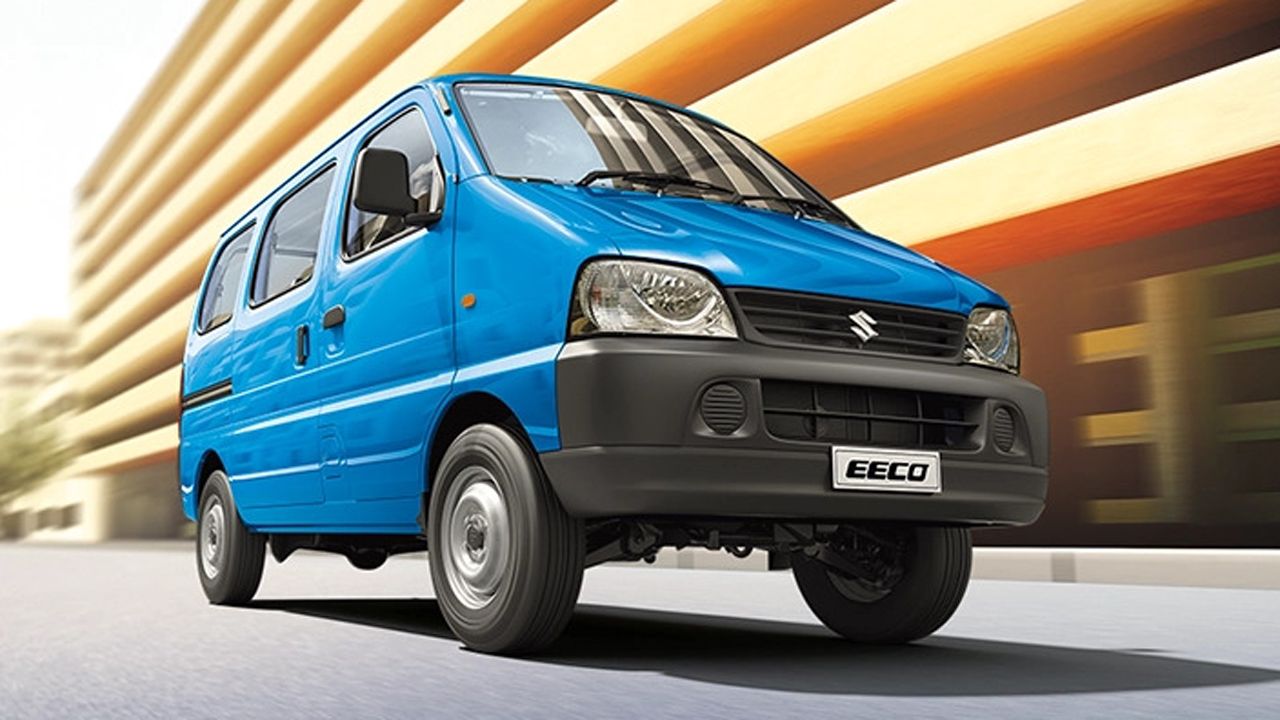
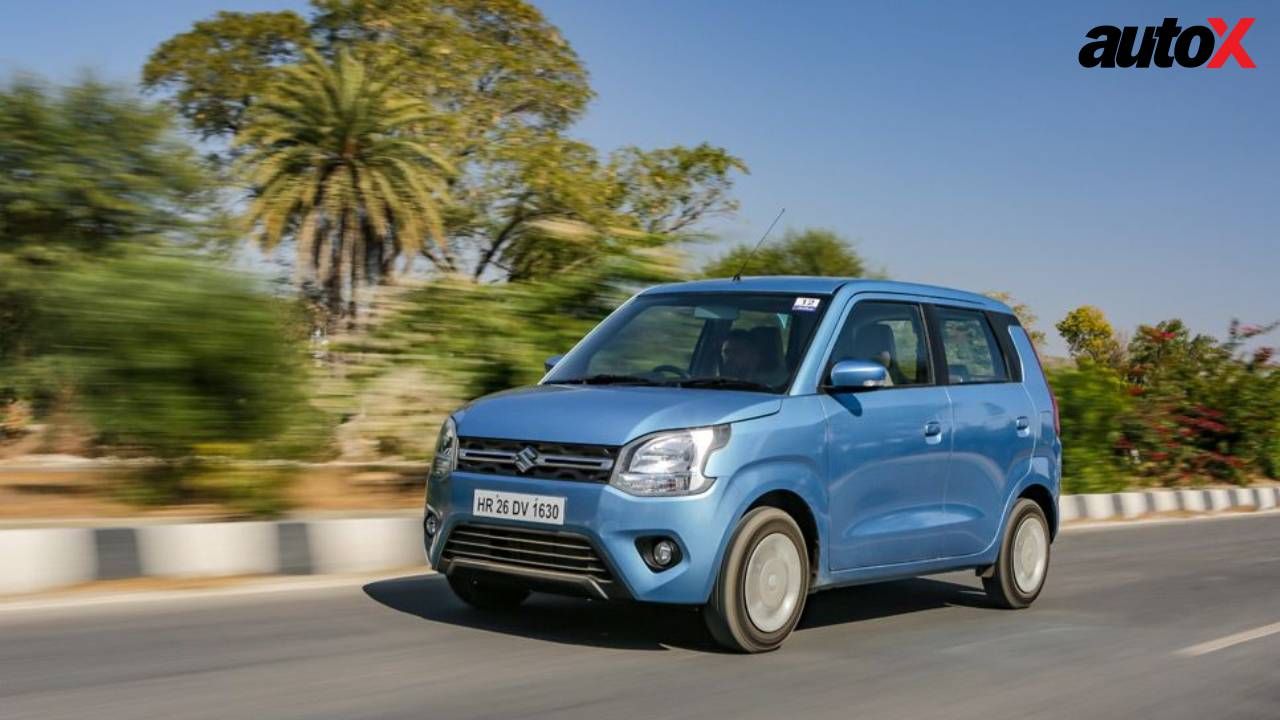


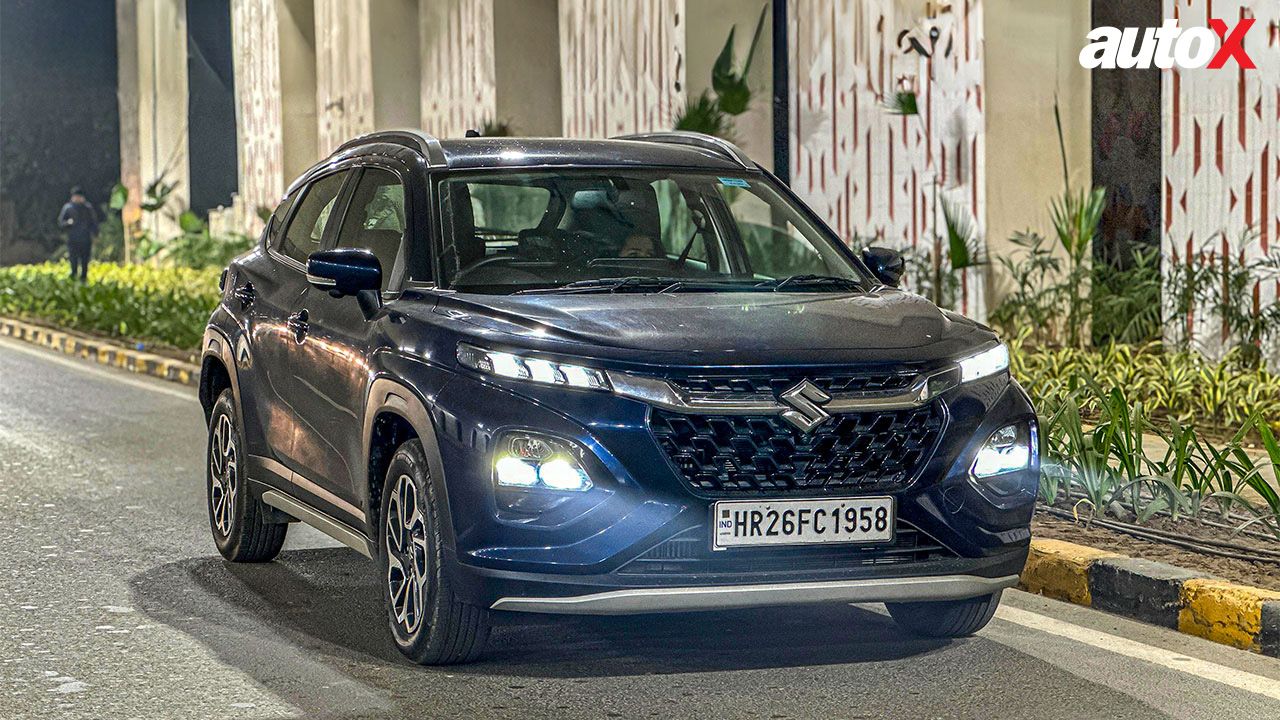
-(1).webp)
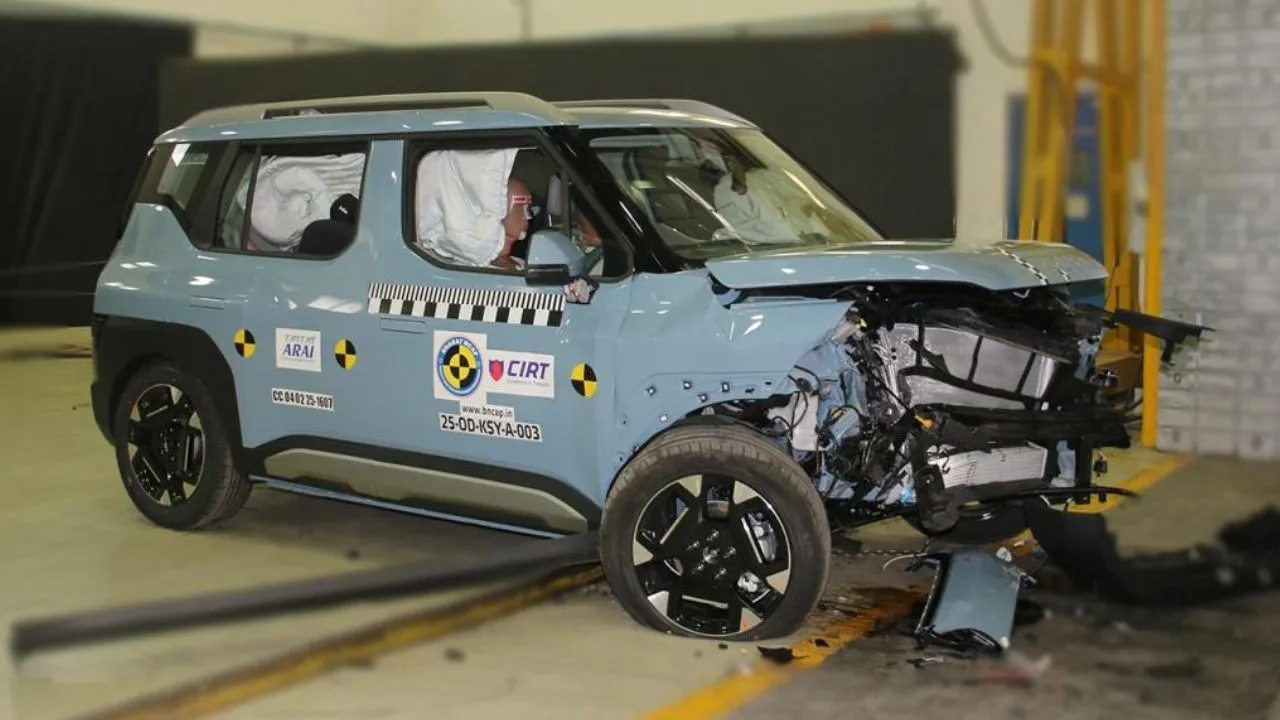
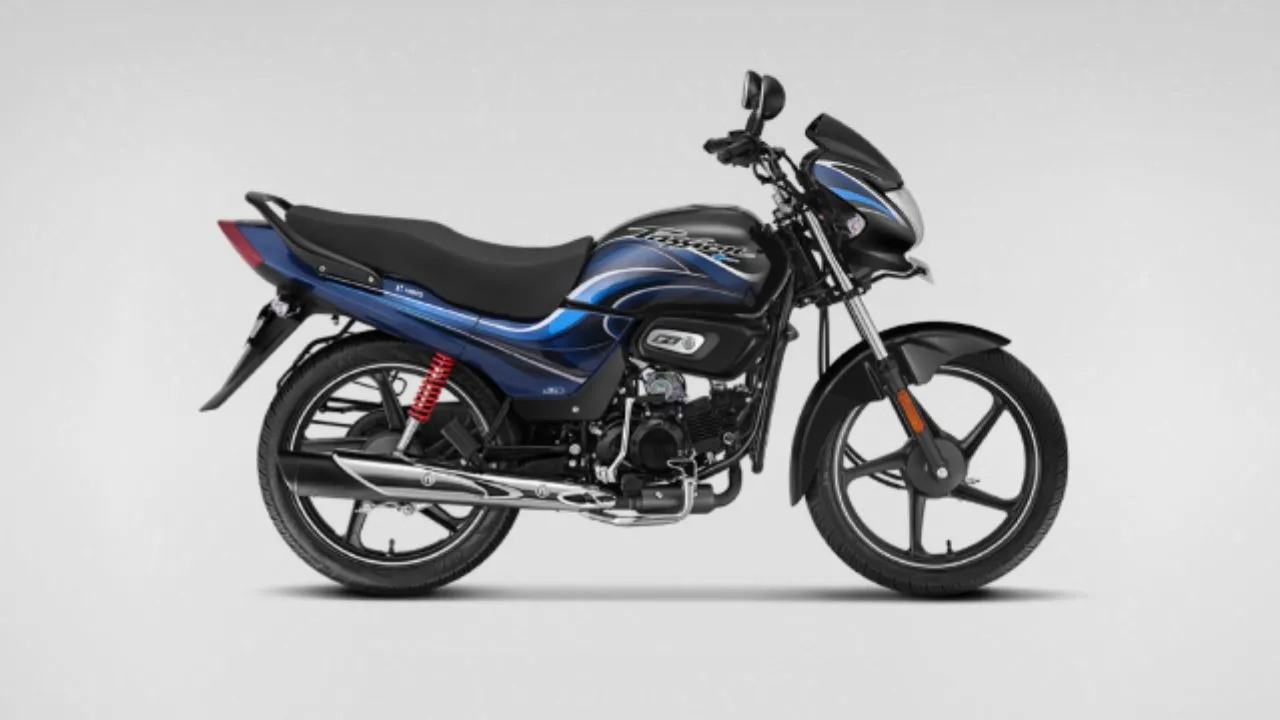


















Write your Comment on